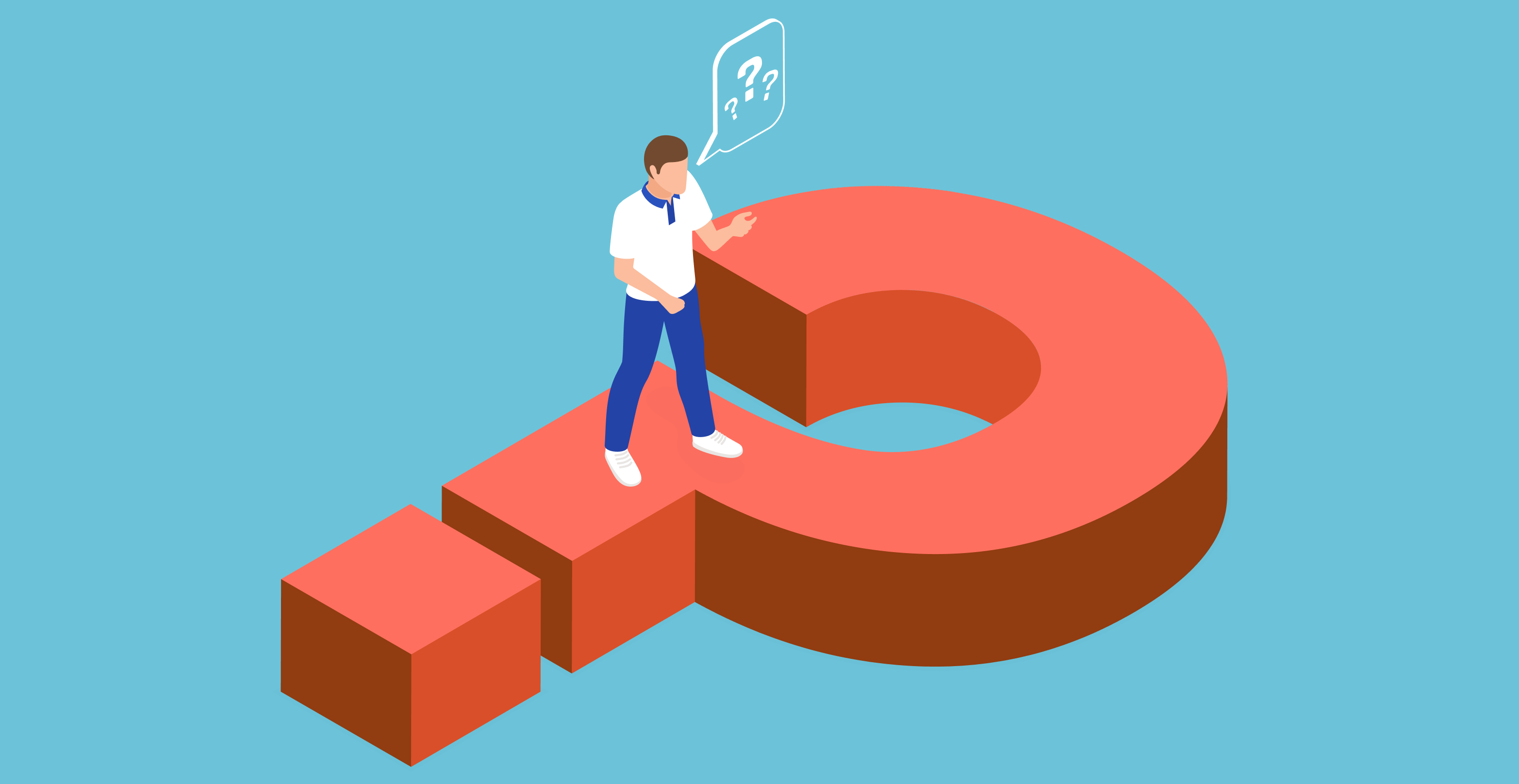We're building Moveshelf, the first all-in-one application for clinical movement labs. Why is that needed now? And for whom? We're posting a series of blog posts answering that question. In this sixth and final part, we're taking a look at how researchers benefit from having Moveshelf in the movement lab.
A structured database
The database underlying Moveshelf has a uniform structure for motion data, so it becomes easier to do large-scale longitudinal research on routinely collected clinical data. And our API makes it easy to work with the data.
Bring machine learning and computer vision into the movement lab
In Moveshelf, it is easy to apply modern algorithms. For example, to protect patient privacy we can automatically blur all faces in imported video. We also demonstrated how to build an impairment level classifier on Moveshelf. Do you want to run new algorithms on Moveshelf? We would love to hear your ideas. This video has a little teaser on some applications:
Appropriate access to clinical data
Moveshelf has built-in access controls, to allow researchers or students access to only the parts of the clinical database relevant to the research question.
Trusted industrial partner
We are already involved in several research projects (e.g. MODYS@home and IMDI) as the industrial partner. Moveshelf can be the industrial partner that brings your innovation to the market. We are always interested in hearing about your vision for the future of movement labs.
This has been our series of blog posts on Why Moveshelf. If you'd like to receive the whole series as a white paper, please get in touch. Or follow us on Twitter or LinkedIn to be reminded about further articles from us.


